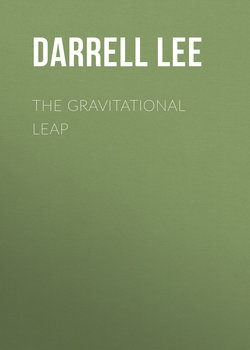Читать книгу The Gravitational Leap - Darrell Lee - Страница 7
На сайте Литреса книга снята с продажи.
Prologue
ОглавлениеIt had existed for billions upon billions of years, a rolling, boiling sphere of burning gas in space, sustaining its life by consuming hydrogen. Fused under the weight of its own gravity, the hydrogen changed into helium. Once the hydrogen was depleted the star swelled in size until it could contain almost two billion Earths’ Suns. Then it entered the second phase of its life and it began fusing helium. A bright star, easily visible in Earth’s winter sky, astronomers had classified it as a red supergiant. They named it Betelgeuse, a name derived from old Arabic meaning, “hand of the central one.” It was 360 light years away, a next-door neighbor on the galactic scale. But even this close, the distance still hid the enormity of its continuous nuclear explosion.
When the first single-celled organisms developed on Earth, Betelgeuse had been in its second phase for the previous billion years, busily fusing helium. This fusion formed carbon. Gravity pulled the carbon atoms to the core of the star, forming nitrogen, oxygen, and then iron. For eons, the cancerous iron tumor at the heart of the star grew and the helium supply shrank. The star was a bomb with a ticking clock, a clock with a battery that could last far beyond anything that can be grasped by the human mind. In the last few ticks of the astronomical clock, life had crawled out of the slimy mud puddles on Earth and multiplied and evolved and waged nuclear war, filling the atmosphere with a cloud of debris that blocked much of the light from the Sun for centuries.
Now all life on this tiny planet, orbiting its ordinary star, stood on the threshold of the abyss of extinction. The wounded planet plunged into an icy death spiral that wouldn’t end until the entire globe became a frigid tomb, and it would last a millennium.
Eventually and suddenly, the core of Betelgeuse contained merely iron, and the fusion ceased. In less than a second, Betelgeuse began its final death throes. Gravitational collapse. For three minutes, countless trillions of subatomic particles, called neutrinos, were squeezed from the star while the star internally crumpled. When it was complete, created in the space the star once occupied was an object with a density so profound that the weight of it rippled the fabric of space and time, like an enormous stone had been dropped onto the smooth surface of the space-time continuum.
The core’s temperature rose to over a billion degrees as the iron atoms were crushed together until the repulsive force of the iron atoms’ nuclei overcame the force of gravity, and the core revolted in a violent shockwave. As the shockwave encountered the star’s outer layers, it propelled the material into interstellar space. Betelgeuse, the hand, finally waved.
The light from this explosion, called a supernova, and the ripple in space and time, produced by the creation of the singularity, moved together through the vacuum of space at the speed of light. A precious three minutes ahead of them rang the warning bell, if you knew how to listen for it, the swarm of neutrinos.
On Earth, the clan had just completed the construction of the Tower. When they looked up at the night sky, Betelgeuse shone bright in the place it always had been. They did not know it no longer existed. It had extinguished. In its death, Betelgeuse had given to mankind, whether they deserved it or not, the slimmest chance to escape their fate.
